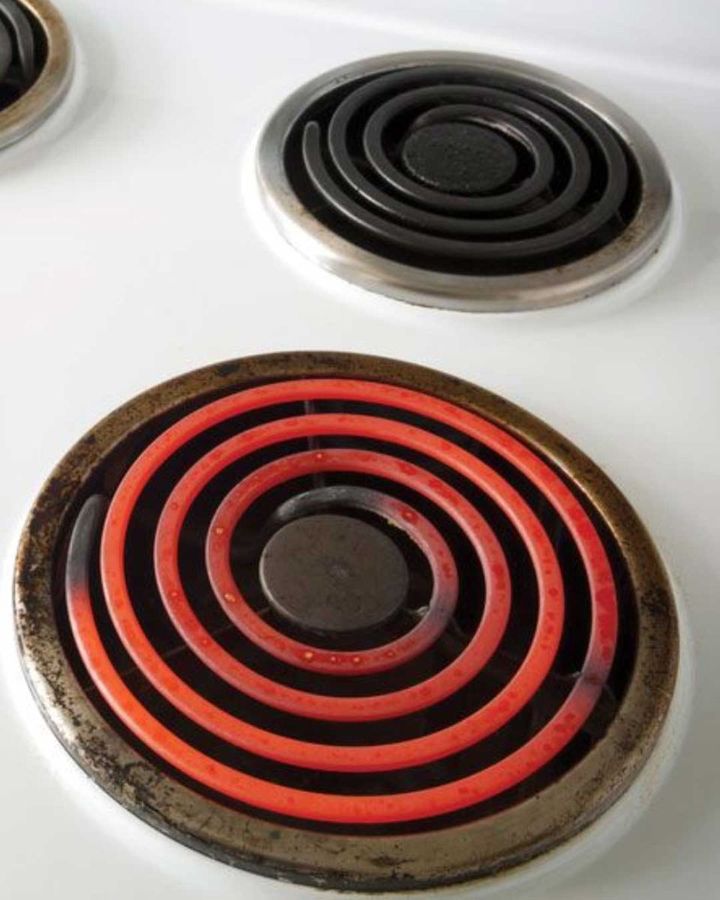
What’s better, gas or electric for cooking? Here are some things you should know
2. Electric stoves are safer
There’s no way around this one: electric stoves are the safest option, hands down. The trademark of a gas stove is the flame that ignites as soon as the burner is turned on. And while that flame can be good for a lot of things, it can also be dangerous. Children can easily become enthralled with that flame and want to touch it, resulting in some pretty serious burns.
And large pets such as dogs can become interested in the good smells coming from the stove top and jump up to investigate, burning their noses and paws as they do. Items such as tea towels can wooden spoons kept too close to that flame can also catch fire and become a dangerous situation.
While it’s not impossible to get burned from an electric stove, it’s certainly not as easy to do. And the one safety feature gas stoves have that electrics do not is the fact that it’s easy to see when a gas burner is hot because of that flame. On electric stoves, a burner can stay very hot when it’s turned off but not have the same type of indicator. Those who are cleaning the stove-top, or even just brushing up against it, can get burned. Still, with burners that don’t have an actual flame and are often even set into the actual stove-top providing for a smooth finish, it’s much harder to burn one’s self on an electric stove than it is a gas stove.
What really wins the safety category for electric stoves though is that when they’re off, they’re off. And even when they’re on, they’re not going to be emitting anything more than heat. Gas stoves on the other hand can leak gas, which is why any home outfitted with one should also have a carbon monoxide detector nearby.
continued on next page
